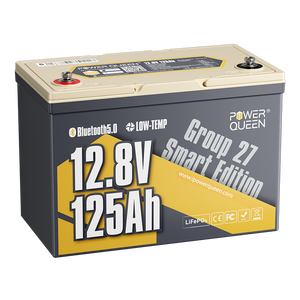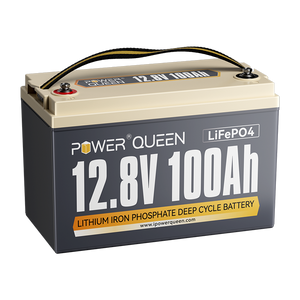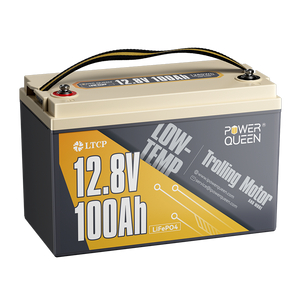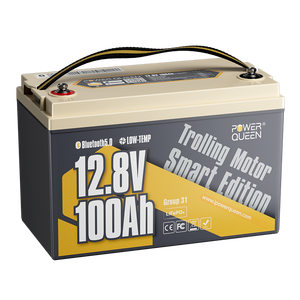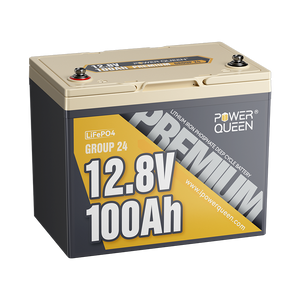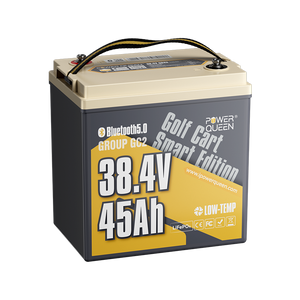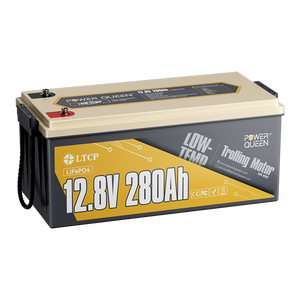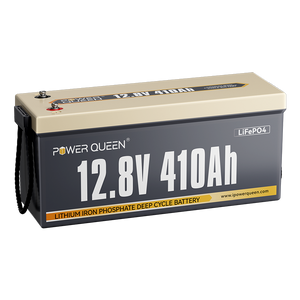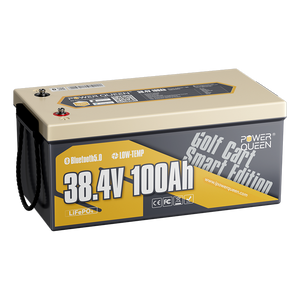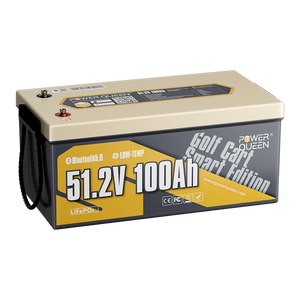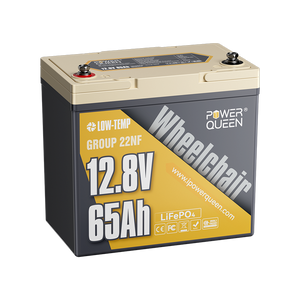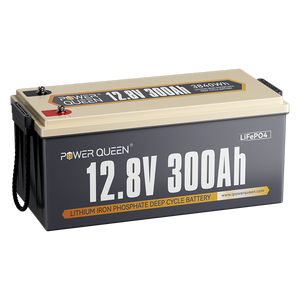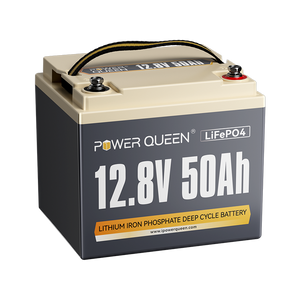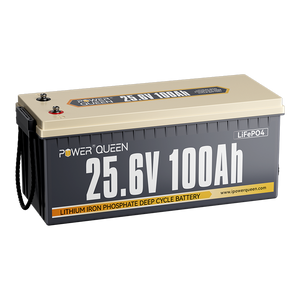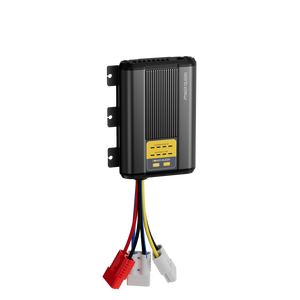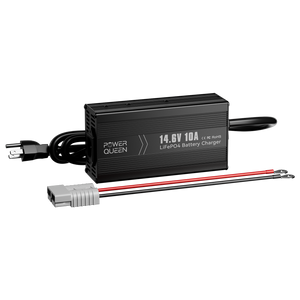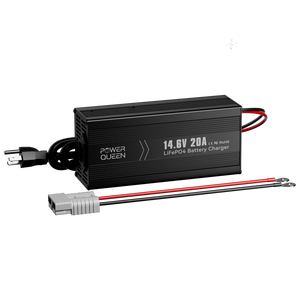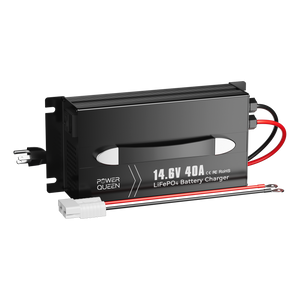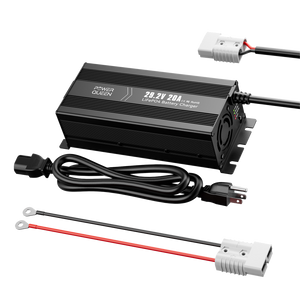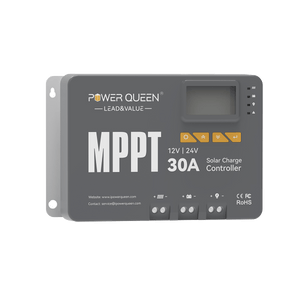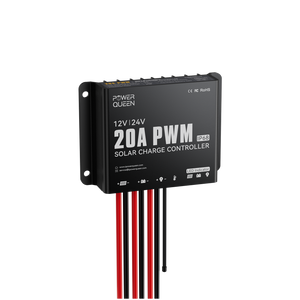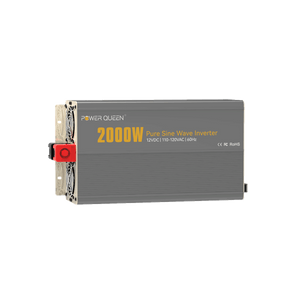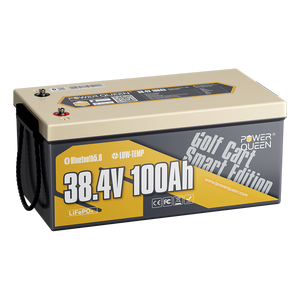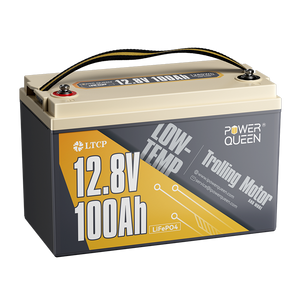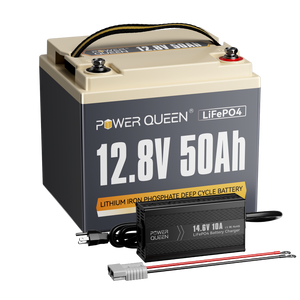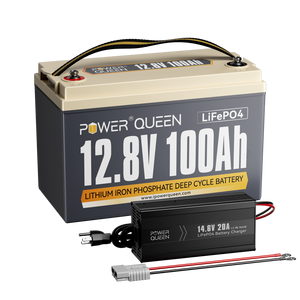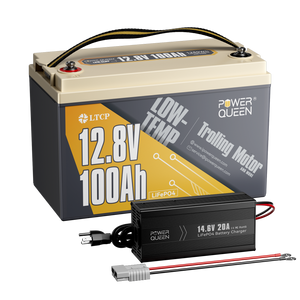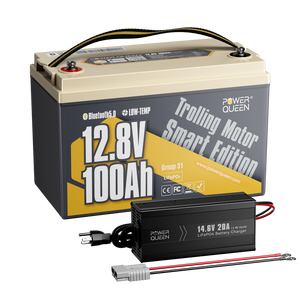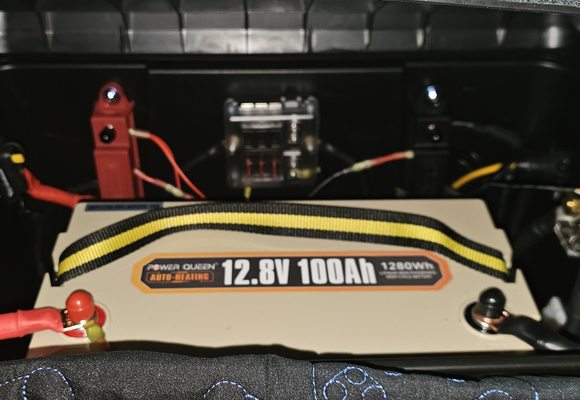Maximizing Performance With LiFePO4 Batteries: A Comparison To Lead-acid Batteries
Choosing the right battery is crucial for many applications, such as solar power systems, electric vehicles, and marine applications. Two of the most popular types of batteries are LiFePO4 and lead-acid batteries. In this article, we'll explore the differences between LiFePO4 and lead-acid batteries and argue why LiFePO4 is a better option.

Announce: All of the data comes from PowerQueen laboratory.
Summary of the Comparison



Energy density - Weight, Size and Capacity Comparison
When it comes to selecting a battery, the weight and size of the battery are important factors to consider, especially for applications where portability is key. In this comparison, we'll be looking at the weight, dimensions, model specifications, and energy density of VRLA and LFP batteries.

In this comparison, we looked at five different batteries: VRLA-50AH, VRLA-100AH, VRLA2-100AH, LFP-50AH, and LFP-100AH. The weight of these batteries ranged from 10.97 lb for the LFP-50AH to 60.4 lb for the VRLA-100AH. The dimensions of the batteries varied as well, with sizes ranging from 6.7 x 7.5 x 6.7 inches for the LFP-50AH to 13 x 6.7 x 8.42 inches for the VRLA-100AH and VRLA2-100AH.
The model specifications also differed among the batteries, with voltage and capacity ratings ranging from 12V50Ah for the LFP-50AH to 12V100Ah for the VRLA-100AH and LFP-100AH. Finally, we compared the energy density of each battery in terms of Ah/kg, with the LFP batteries having significantly higher energy densities than the VRLA batteries. Overall, when selecting a battery, it's important to consider both the weight and energy density to ensure that the battery is suitable for your specific application.
Rate Discharge Capacity Comparison
Rate Discharge Capacity refers to the maximum amount of current that a battery can discharge over a specified period of time, usually expressed in amperes (A) or as a multiple of the battery's capacity, such as C/10 or C/20. It represents the battery's ability to deliver power at a specific rate, with higher rates corresponding to a faster discharge and lower rates corresponding to a slower discharge. The Rate Discharge Capacity is an important performance characteristic of a battery, particularly for applications where high power output is required, such as electric vehicles or power tools.
Compared to LFP batteries, LA batteries exhibit significantly poorer voltage stability during rate discharge.
Each curve in the graph illustrates the impact of a 0.2C rate discharge on voltage stability, with the lead-acid battery's voltage dropping rapidly and the LFP battery exhibiting much greater stability.
Internal Resistance and Self-Discharge Comparison
Internal resistance is an important characteristic of a battery that can affect its performance. When a battery is in use, the flow of electric current generates heat within the battery due to the resistance it provides. This heat can cause energy loss and reduce the overall efficiency of the battery. A higher internal resistance also means that more power is required to drive the same amount of current through the battery, which can cause a drop in voltage and reduce the battery's capacity.

We can see lead-acid battery has really high internal resistance. Lead-acid batteries have high internal resistance because of their design and chemistry. The plates inside the battery are made of lead, which has a relatively low conductivity compared to other metals such as copper. Additionally, the electrolyte used in lead-acid batteries is a diluted sulfuric acid solution, which has a relatively high resistance compared to other types of electrolytes. These factors contribute to the overall high internal resistance of lead-acid batteries, which can affect their performance and efficiency.
Self-discharge is another important factor that affects the performance of a battery. Even when a battery is not in use, it gradually loses its charge due to chemical reactions within the battery. The rate of self-discharge can vary depending on the type and age of the battery, as well as other factors such as temperature and storage conditions. Self-discharge can be a problem for devices that are not used frequently, as the battery may lose its charge before it can be used again. It can also reduce the overall capacity of the battery over time, which can affect its performance and lifespan.

LFP battery wins again.
According to the data, LiFePO4 batteries exhibit notably lower internal resistance and self-discharge than lead-acid batteries. These traits contribute to the superior capacity and longer lifespan of LiFePO4 batteries.
Temperature Tolerance Comparison
Temperature tolerance refers to the range of temperatures within which a battery can operate safely and effectively. Batteries are sensitive to temperature, and extreme heat or cold can significantly affect their performance and lifespan.
If a battery is exposed to temperatures outside its specified range, it can cause irreparable damage to the internal components and lead to reduced capacity, shorter lifespan, and even safety hazards such as leakage or explosion. In general, high temperatures can accelerate chemical reactions within the battery, leading to faster degradation and reduced performance, while low temperatures can slow down chemical reactions, making the battery less efficient and lowering its capacity.
Therefore, when selecting and using batteries, it's important to consider the temperature tolerance of the specific type of battery and ensure that it's operated within the recommended temperature range. This can help to extend the lifespan of the battery and maintain its performance and safety over time.
Now let’s see the comparison of these 2 type of battery.

The LiFePO4 battery has a greater temperature tolerance compared to lead-acid batteries.
Water-Proof Test
Water-proof ability means that the battery is designed to resist damage from exposure to water or other liquids. A water-proof battery is less likely to suffer from corrosion, short-circuits, or other issues that could potentially damage it when exposed to moisture. However, it is important to note that water-resistant batteries are not completely immune to water damage and should still be handled with care in wet environments.

Rinse the battery with water for 10 minutes on each side, and then measure the voltage before and after.
|
|
VRLA |
LFP |
|
Bfore |
13.05V |
13.19V |
|
After |
13.01V |
13.19V |
Lead-acid batteries has Poor voltage stability before and after.
High Temperature Cycle Capacity
A high temperature cycle refers to exposing a battery to temperatures above its recommended operating range for a prolonged period of time. This can cause accelerated degradation of the battery and lead to reduced capacity and shorter lifespan. It can also increase the risk of safety hazards such as leakage, swelling, or even thermal runaway. Now we put the batteries in 55°(131°F) to see how their performance.

Conclusion: The cycling stability of LA batteries is far worse than that of LFP batteries
The capacity is represented by the blue curve, and the health is indicated by the red curve.
Our battery estimation model suggests that a battery with 80% state of health (SOH) can last up to 300 cycles under normal use, whereas an LFP battery can last up to 4000 cycles.
We consider a battery with less than 80% SOH as unacceptable according to our standards.
Experiment Involving Dismantling to Observe the Internal Structure
Lead-Acid Battery
There is almost no protection inside the LA battery, the air valve is just a rubber sleeve that can be easily taken, and there is no protection between the individual cells.

Removing the blue rubber sleeve will directly expose the internal pole piece and electrolyte. There is no protection inside.

LFP Battery
Inside the LFP battery, there are structural protections such as protective plates and foam cotton with various functions, and the internal structure of the internal single cells has short-circuit protection.

Conclusion
To sum up, LiFePO4 batteries are a superior option for powering marine applications such as trolling motors, electric vehicles like RVs, and solar systems. They offer several advantages over lead-acid batteries, including being lightweight, having a longer lifespan, charging faster, performing better, being safer, and requiring no maintenance. Although they may be more expensive initially, their superior performance and longer lifespan make them a more cos t-effective option in the long run. If you're planning to replace your trolling motor or RV battery, investing in a LiFePO4 battery could be a wise choice.
